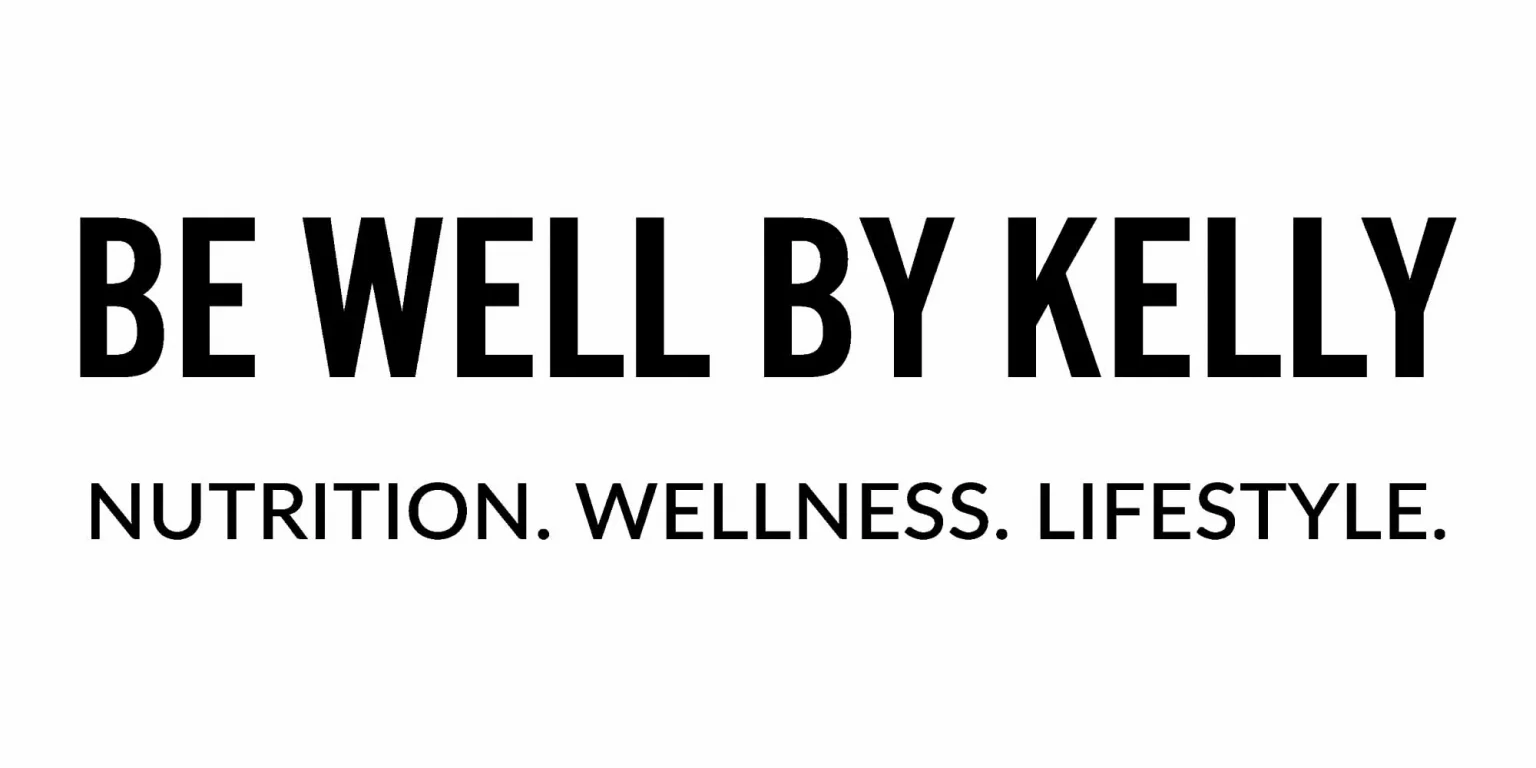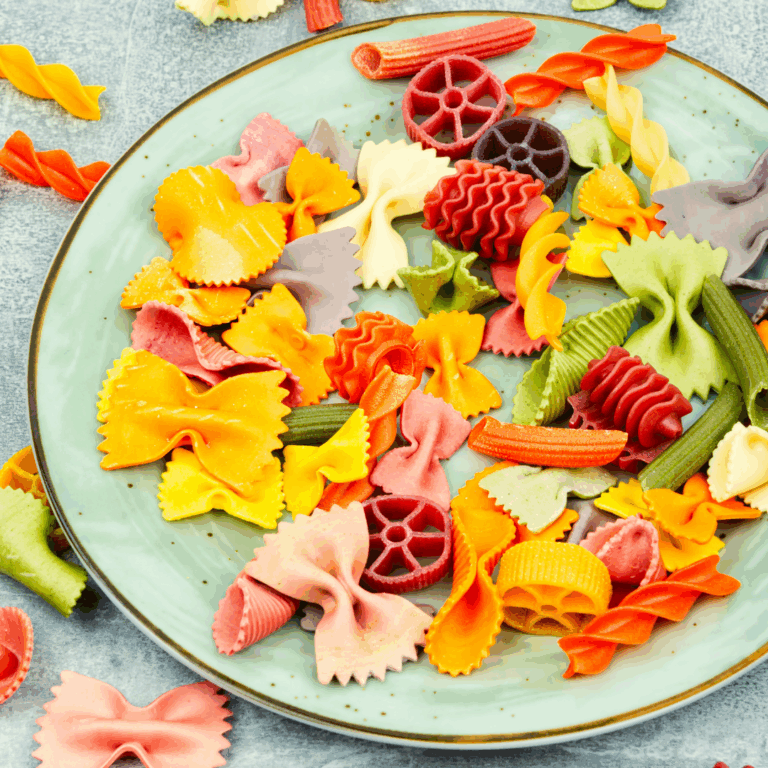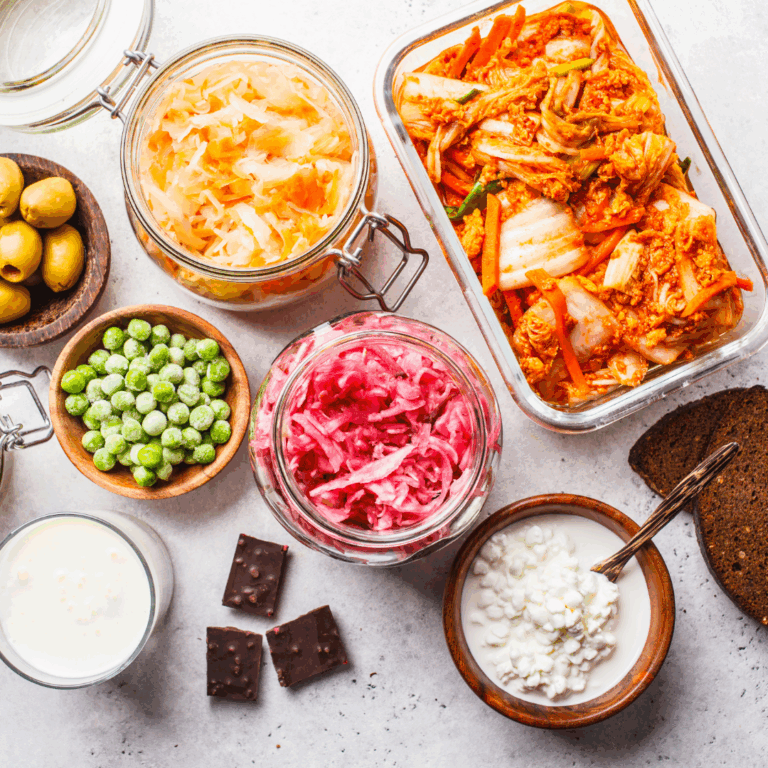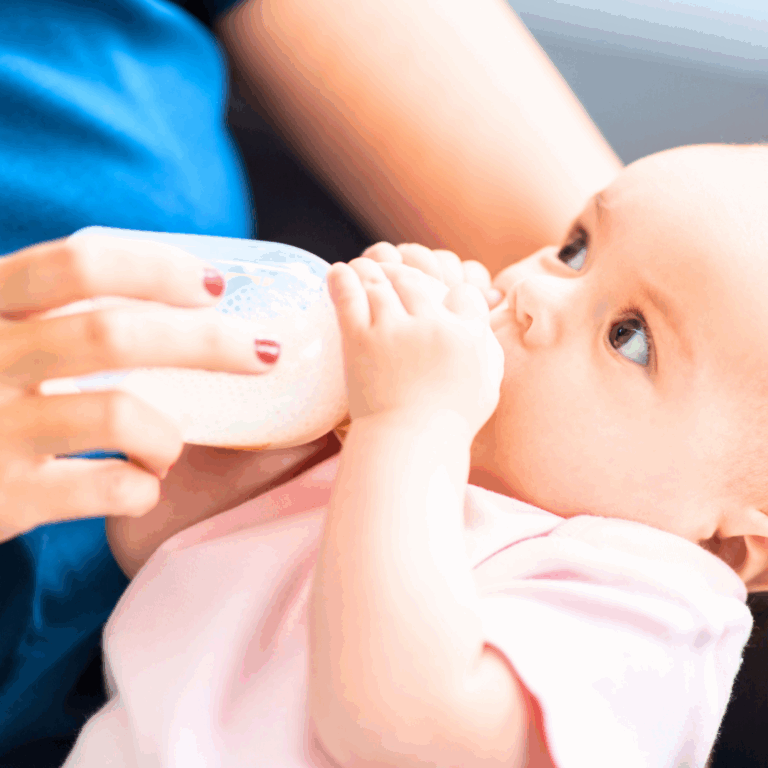
Let’s take the stress out of
starting solids
You don’t have to choose between purées and BLW (baby-led weaning). We help parents and caregivers safely and gradually transition their baby from purees to more advanced textures, and finger foods using our signature Texture Timeline™ tool.
We're here to help make mealtime joyful instead of stressful, at every age and stage.
At My Little Eater, you’ll find easy-to-follow tips, how-to videos, strategies, and the latest research on feeding babies and toddlers. But most important, you get a team of pediatric dietitians, feeding experts, and fellow parents who support you no matter how you choose to feed your little one, whether you decide to ease into solids with purees, go straight to finger foods, or something in-between.
The Courses
STEP BY STEP PLANS TO TRANSFORM MEALTIMES
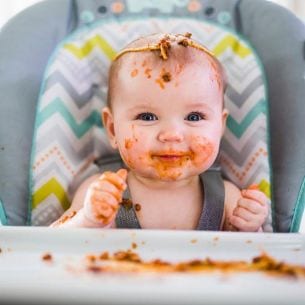
BABY LED
A Baby Led Approach to Introducing Solids
Learn how to safely and healthily start solids with your baby – whether starting with purees or finger foods!
Recommended for parents of babies 6-11 months of age.
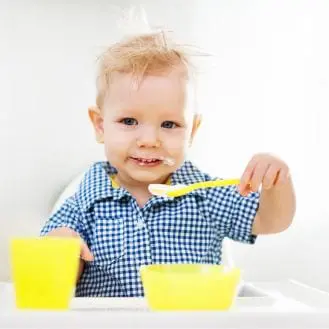
FEEDING
Raising Happy, Healthy Little Eaters
What, when & how to feed toddlers, manage mealtime behaviour and prevent/overcome picky eating.
Recommended for parents of kids 11 months – 5 years of age.
Our Unique Approach
You don’t have to rush into finger foods.
Just follow The Texture Timeline.™
Created by pediatric dietitian and My Little Eater founder Edwena Kennedy, The Texture Timeline™ is a purée-first approach to BLW based on 10-plus years of research and working with thousands of parents and their babies. Our signature process guides you step-by-step through the 4 phases of starting solids and transitioning your baby from purees to more advanced textures and to finger foods.
Meet your feeding experts
No pressure. Just education, research, guidance and unconditional support to match the unconditional love you have for your little one.

Edwena Kennedy
Founder, Registered Dietitian

Chelsey Landry
Registered Dietitian
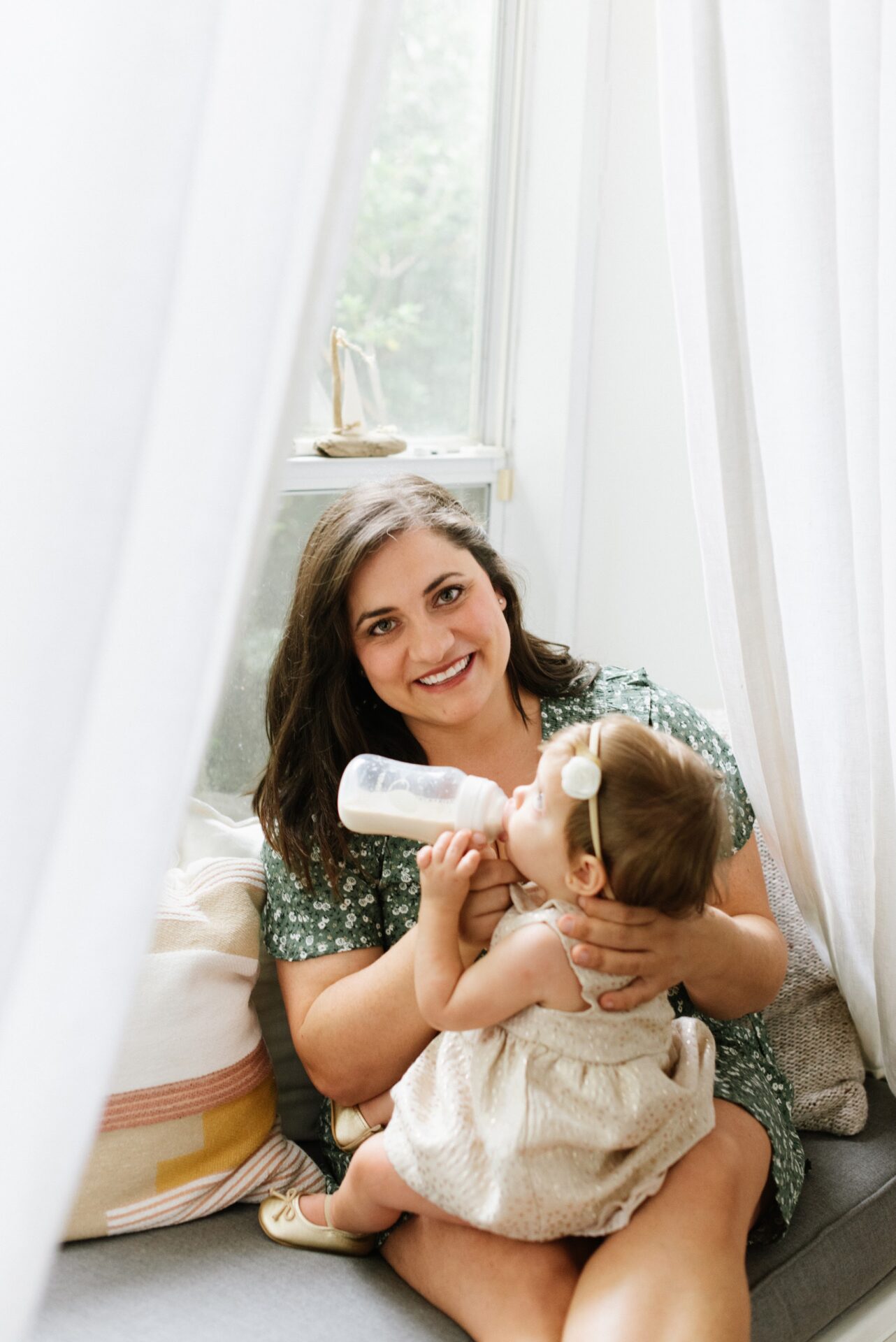
Mallory Roberts
Speech Language Pathologist

Jillian Smith
Registered Dietitian
JOIN THE Free Workshop
How to start solids:
A realistic first week of feeding your baby
A FREE live workshop for parents ready to feel confident and prepared to start solids—without all the guesswork.
Learn exactly what to feed, when to feed it, and how to do it—step-by-step—with expert guidance from pediatric dietitian, Edwena Kennedy.
Plus get The First 5 Days Meal Plan – a collection of recipes to offer from days 1-5, that are strategically thought-out to expose your baby to the perfect foods, textures and nutrients, complete with serving instructions and recipe videos, grocery list and feeding tips – straight from a pediatric dietitian!


getting ready to start solids?
Katie Rainer, Mom of 7 month old
Catherine Allard
Laura Lewis, mom of 8 month old





